“Your writing isn’t scholarly,” my professor informed me.
“Can you be more specific? How do you define scholarly writing? What expectations do you have?” I asked.
“You should know what scholarly writing looks like,” he replied.
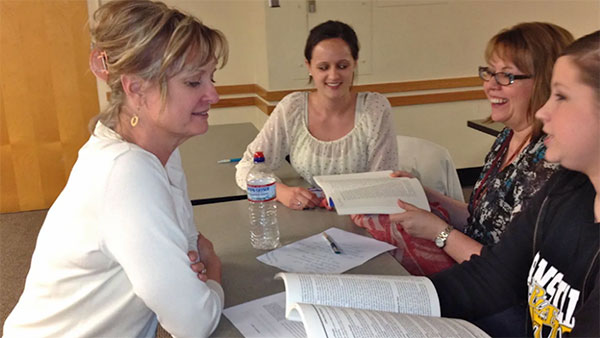
This exchange underscores my most frustrating educational experience: writing my dissertation. It wasn’t the volume of research and work involved. It was the lack of high-quality feedback that provided direction as to what was expected during the process and what constituted an acceptable final product. Throughout the process, I was never certain what qualities were required for a final paper that would be accepted. I was working, and working hard, in darkness. I was working without confidence that I could meet the expected goals of the assignment. Fortunately, I was motivated by the amount of time and money invested in the work and the final goal of completing my doctorate. Sadly, not all students are motivated enough to continuously work in the dark! I was craving what all students need: motivation and direction that comes from effective feedback.
How can educators generate effective feedback to motivate and promote continuous learning?
Author and educational researcher Dylan Wiliam (2011) asserts that effective feedback can double the rate of learning. The return on the investment of developing the art of giving feedback has a 50% return rate. Excellent odds! Science defines feedback as a process that loops. The process of feedback must return to the original position for the loop to be completed. So, for an educational feedback loop to be complete, BOTH student AND teacher need to have feedback!
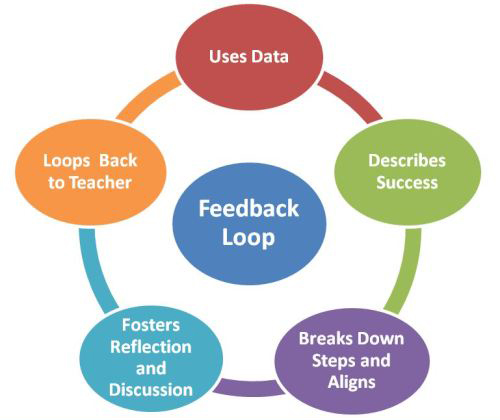
- Uses data
Knowledge of your students:
* Who are they as learners?
* How do they learn?
* What do they already know? - Describes what success looks like
Clearly articulated learning goals that answer these questions:
* What are we learning about?
* What steps are required to develop that learning?
* How do we develop the steps?
* What does it looks like when we know it? - Breaks down steps and aligns to goals
Learning demonstrations and assessments of the ongoing learning steps that:
* Align directly to the intended learning goals
* Move students forward in achieving the learning goal
* Provide information about student learning, what they mastered, and what they still need to work on for continued growth - Fosters reflection and discussion
Opportunity for students to respond to and discuss their feedback:
* With peers
* With the teacher - Loops back to the teacher
Opportunity for students to give feedback to the teacher, so that the teacher:
* Knows if their instruction was effective
* Can use the information to plan future instruction
Reflect on something in your life that is giving you challenges. Would a loop of effective, high-quality feedback change that situation for you?
Resources to Learn More
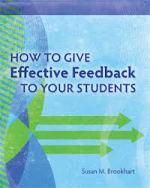
How to give effective feedback to your students.
Brookhart, Susan, B. (2008)
Alexandria, VA: ASCD
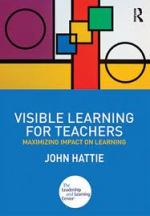
Visible learning for teachers:
Maximizing impact on learning.
Hattie, J. (2012)
Oxford, UK: Routledge
Article:
“7 Keys to Effective Feedback.“
Wiggins, Grant (2012)
Educational Leadership. Alexandria, VA. ASCD. Vol. 70, No. 1. pp. 10-16
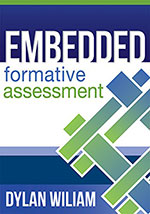
Embedded formative assessment.
Wiliam, D. (2011)
Solution Tree. Bloomington, IN